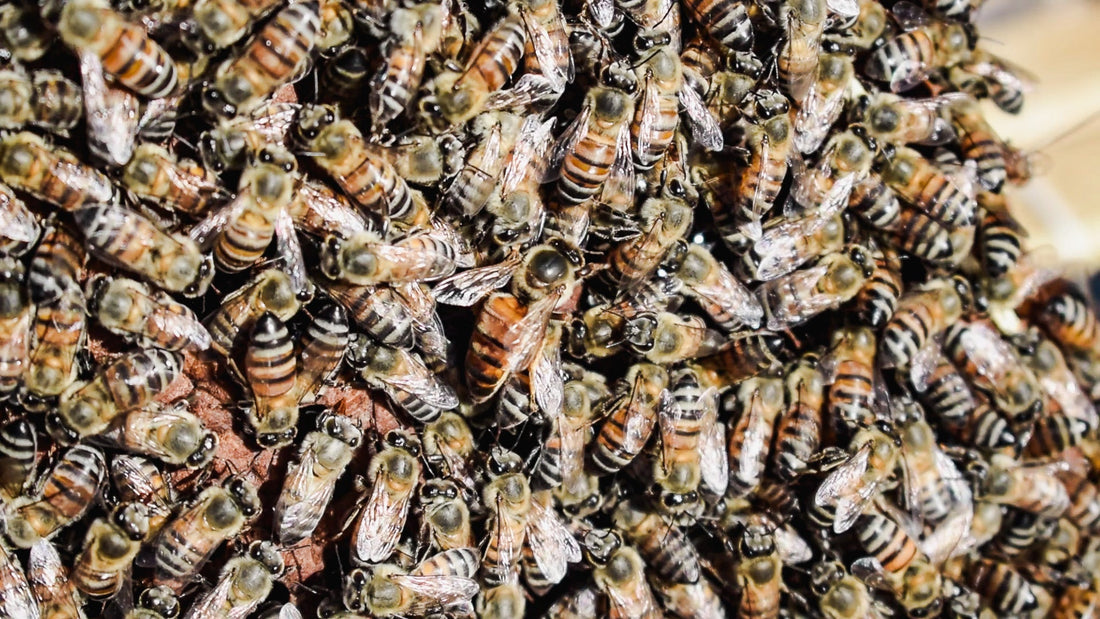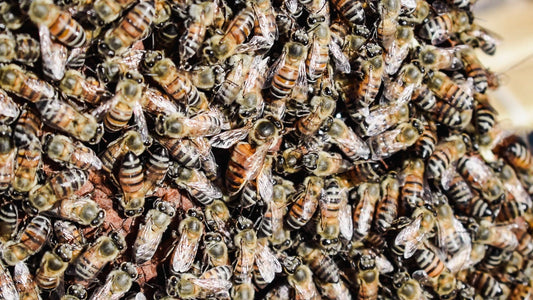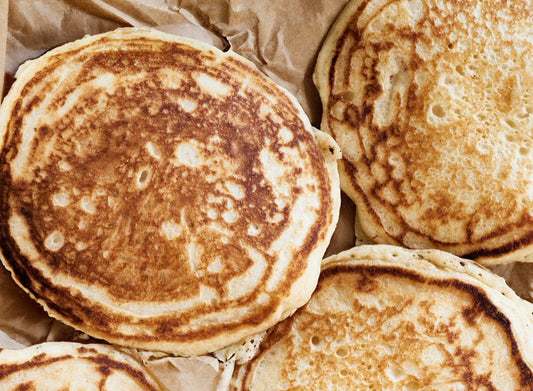
Maintaining Healthy Hives: Tips and Tricks
There’s nothing quite like cracking open a hive just after sunrise. The air still holds that early chill, your boots crunch the dew-kissed grass, and the bees—those incredible little workers—are already humming with purpose. It’s a rhythm you start to crave, a quiet kind of magic (the real kind, not the sparkly kind) in watching nature at work.
Last summer, I found myself kneeling beside one of our older hives, fingers sticky with propolis, veil fogging up, heart in my throat. Something wasn’t right. The bees were sluggish, the frames oddly silent. That’s when I saw the first signs—a telltale web, a little trail of destruction. Wax moths.
Cue the internal screaming.
That was my wake-up call—maintaining healthy hives isn’t just about giving the bees space and hoping for the best. It’s an ongoing relationship. One that asks for attention, care, and the occasional panicked call to a beekeeping friend.
If you’re a bit like me—sourdough starter on the counter, goats munching in the field, and bees in the backyard—then you’ll want to tuck these tips into your hive journal. Let’s keep those hives healthy, thriving, and full of honey-scented promise.
Why Maintaining Healthy Hives Matters
You can’t exactly put bees on a leash or tuck them into bed at night. But they do rely on us more than most folks think. Beekeeping is part observation, part intuition, and a lot of problem-solving.
Whether you're brand new to bees or you've been harvesting honey for years, maintaining healthy hives keeps everything else on the farm ticking too—from pollination in your veggie garden to that warm drizzle of golden honey on toast.
Regular Inspections: Your Beekeeping Superpower
Let’s start with the big one—regular hive checks. You don’t need to be in there every day (they’re not clingy), but popping in every 10-14 days during active seasons gives you a solid handle on what’s happening.
What to look for:
-
Brood pattern: Nice, consistent laying means your queen’s doing her job.
-
Pests and invaders: Like wax moths, small hive beetles, or even ants.
-
Space management: Are your bees running out of room? Time to add a box.
-
Mood: Yes, seriously. Are they chill or cranky? Aggression can signal problems.
One of my favorite things is spotting freshly laid eggs—tiny, pearly specks like grains of rice. It’s like finding a hidden treasure. (And yes, I do a little happy dance every time. Every. Time.)
Watch for Wax Moths
Ah, the dreaded wax moths. These sneaky little pests love to move in when your colony is weak or overcrowded. They lay eggs in the comb, and the larvae tunnel through the wax, leaving behind cobwebby chaos.
How to prevent wax moth infestations:
-
Keep your colonies strong and queenright.
-
Store unused frames in sealed containers or with strong light and airflow.
-
Use traps or screens in storage areas.
-
Don’t leave dead-out hives or old comb lying around—moths love that.
We lost one hive to wax moths in our first year. Since then, I’ve made it a habit to freeze any frames I’m not using for a while, just to be safe. Think of it as hitting pause on any lurking eggs.
Feeding Bees When Needed
Now, I know this can be a controversial one—should we feed bees or let nature do its thing?
Here’s my take: sometimes, feeding bees is an act of kindness, not weakness. Especially if there’s been a drought, a long winter, or a late spring. Maintaining healthy hives sometimes means giving a little boost when the pantry’s bare.
What to feed:
-
Sugar syrup (1:1 in spring, 2:1 in fall)
-
Fondant or candy boards in winter
-
Protein patties during dearth or if raising brood
Just remember—only feed when necessary. Bees know how to forage better than we do, but a little help goes a long way in tough seasons.
Keep the Hive Tidy (But Don’t Stress the Mess)
Bees are generally neat freaks. But that doesn’t mean we can’t lend a hand now and then.
Scraping off burr comb, swapping out old or moldy frames, and giving the hive body a good once-over keeps things in check. Just don’t get too obsessive—they are bees, after all. They don’t care if the corners are Pinterest-perfect.
And yes, they will glue everything shut with propolis like tiny, furious decorators.
Seasonal Hive Care: Think Ahead
The seasons turn faster than we think, and bees need different things depending on the weather.
Spring:
-
Watch for swarm signs
-
Feed if needed
-
Split booming colonies
Summer:
-
Ventilate hives during heatwaves
-
Stay on top of pests
-
Harvest carefully
Autumn:
-
Reduce entrances (hello, robbers)
-
Combine weak colonies
-
Start prepping for winter
Winter:
-
Insulate if you’re in a cold area
-
Tilt hives forward for drainage
-
Check food stores occasionally
Here in the Karoo, our winters are mild but still crisp. I wrap our hives loosely and check on them during warm spells. No big fuss—just enough to let them know I’m still looking out for them.
Love Your Queen (She Runs the Show)
No queen, no hive. It’s that simple.
A strong queen = a strong colony. But sometimes, queens fail, go missing, or just age out of their prime. And when that happens, the whole hive starts to wobble.
During inspections, keep an eye out for:
-
Queen cells (might mean she’s failing or the hive’s prepping to swarm)
-
Spotty brood patterns
-
Lack of eggs
If you suspect she’s gone or struggling, you can either requeen yourself or let the hive raise a new one. I’ve done both. Let me tell you—watching them raise their own queen is nothing short of extraordinary.
Let Nature Do Its Thing (Mostly)
You can’t micromanage a beehive. Trust me, I’ve tried. Sometimes, the best thing you can do is step back and let them do what they do best. Bees are astonishingly self-sufficient—given the right setup, they’ll thrive with just a nudge from us now and then.
Still, maintaining healthy hives means staying present. Watching, learning, and adjusting. It's a dance, and you're part of the rhythm now.
Tools That Make Hive Life Easier
Beekeeping doesn’t require a warehouse full of gadgets, but a few thoughtfully chosen tools make a big difference.
In my online shop, you’ll find our handmade garden aprons—which are perfect for hive checks too! Deep pockets for your hive tool, smoker fuel, or a sneaky piece of honeycomb.
I’m also working on adding a seasonal honey box, available after our harvests. Keep an eye out—it’s a little taste of the farm in a jar.
Final Thoughts: Keep Showing Up
Here’s the thing about bees. They don’t need perfection. They need presence. Attention. A bit of know-how, a lot of observation, and a willingness to keep learning.
Every time you crack open that lid and peek inside, you’re deepening your connection to something ancient and buzzing with life. It’s humbling, a little messy, and utterly worth it.
So keep showing up. Learn from your hives, talk to other beekeepers, trust your instincts—and don’t be afraid to laugh at yourself when you suit up only to find the bees aren’t even home.
And if you ever find yourself out by the hives with sticky fingers, a happy heart, and a thousand questions—you’re in the right place, friend.





